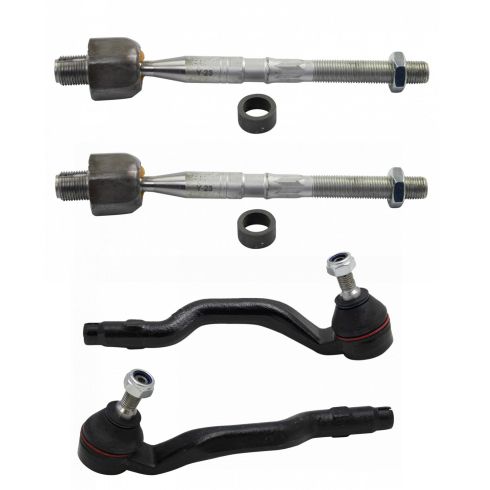1ASFK07604-2001-05 BMW 325Xi 330Xi Front Driver & Passenger Side Inner & Outer 4 Piece Tie Rod Set TRQ PSA66574

Replaces
2004 BMW 325Xi Front Driver & Passenger Side Inner & Outer 4 Piece Tie Rod Set TRQ PSA66574

Product Reviews
Loading reviews
5.00/ 5.0
1
1review
April 1, 2021
Great service and delivery came as said . Parts fits perfect and have been purchased other parts that was on point will recommend my friends to check out the site for parts with good prices
Customer Q&A
No questions have been asked about this item.
BMW is a registered trademark of Bayerische Motoren Werke AG. 1A Auto is not affiliated with or sponsored by BMW or Bayerische Motoren Werke AG.
See all trademarks.








